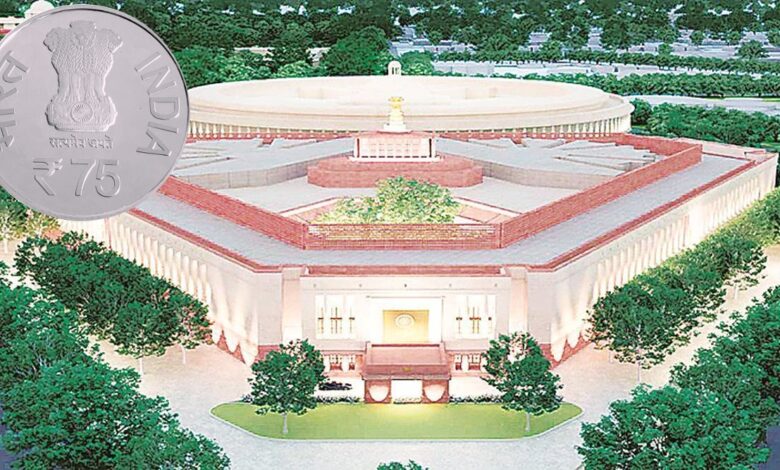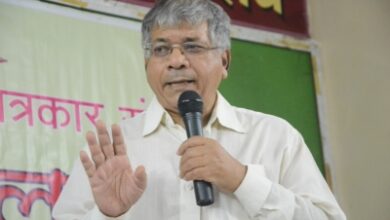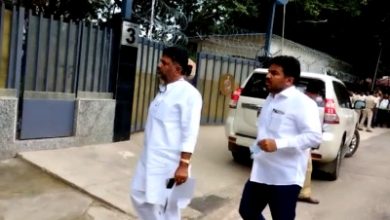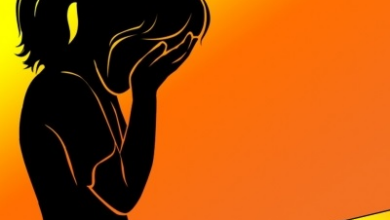
By D N Singh
Looking at the mental impasse emerging out of the friction over the new Parliament, it can well be said that, both the sides are on the wrong footing.
By boycotting the inauguration the opposition parties also decry the spirit of democracy as well.
And PM Modi can be wronged for his attempt to bypass the spirit of the Constitution by not heralding the Presidential office as mandated by the Constitution.
As the critics would have us believe that, Modi wants the posterity to remember him as the founding father of the New Parliament and go enter the history.
He must recall that when a PM takes office he or she solemnly declares that the Constitution of India is most sacred or ‘holy’. So in this case the constitution includes the President as the head and supreme.
That oath taken in May 2014 now appear partially eclipsed by self arrogating the position of the president.
Sad that all that have been decided without a concurrence of the parties or a debate that is part and parcel of democracy.
Who should have inaugurated the new parliament building? Obviously, the President of India. It cannot be the Prime Minister of India — if he follows the letter and spirit of the Constitution.
It may be seen as a stark deviation if the PM wants to disregard the Constitution. Or if he wants Indians to accept that we now have an undeclared presidential system of governance in which PM is the real and effective head of the Republic.
.To self educate on the principle as laid down in the Constitution, there is no need for a postgraduate degree in “Entire Political Science”.
It goes without saying that the president of India, who is the head of the Indian State, is also the Custodian of the Constitution. Even within the working of the legislature, the supremacy of the president of India is categorically affirmed in the Constitution itself.
Article 79: is categorical saying that “There shall be a Parliament for the Union which shall consist of the President and two Houses to be known respectively as the Council of States (Rajya Sabha) and the House of the People (Lok Sabha).”
That when simplified means that the President is an integral to the parliament as both the houses.
Constitutional norms do apply to the Prime Minister who always walks behind the president, vice president, and the Speaker of the Lok Sabha. When the president addresses the joint session of the two houses, she or he is flanked on the dais by the vice president (as the Chairman of the Rajya Sabha) and the Speaker of the Lok Sabha. The prime minister does not sit on the dais but in the Assembly of MPs, in her or his capacity as the leader of the Lok Sabha.
Obviously, Prime Minister Modi believes these rules and norms do not apply to him since it is he who took the decision to build a new building for Indian Parliament.
Hence, he wants the posterity to remember only his name as its builder. When the then Prez Ramnath Kovind and Venkaiah Naiibrant du were conveniently ignored and at this occasion of the Inauguration both Prez Murmu and Vice Prez Dhankar are not invited.
Which can be seen as a historic lapse in a democracy as vibrant as India.






